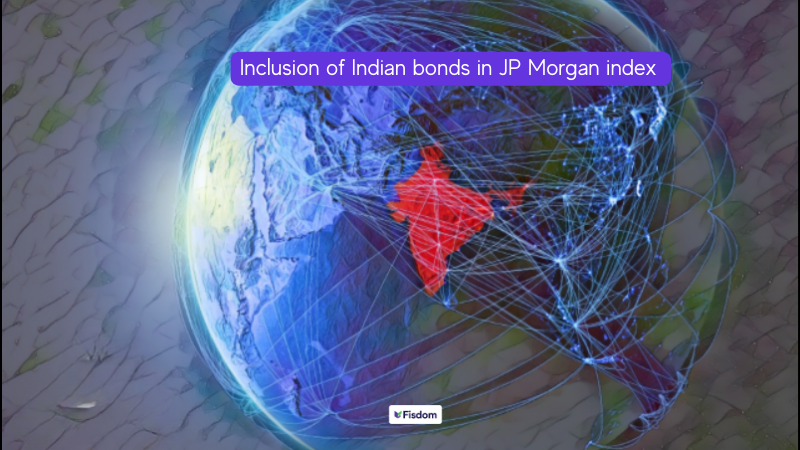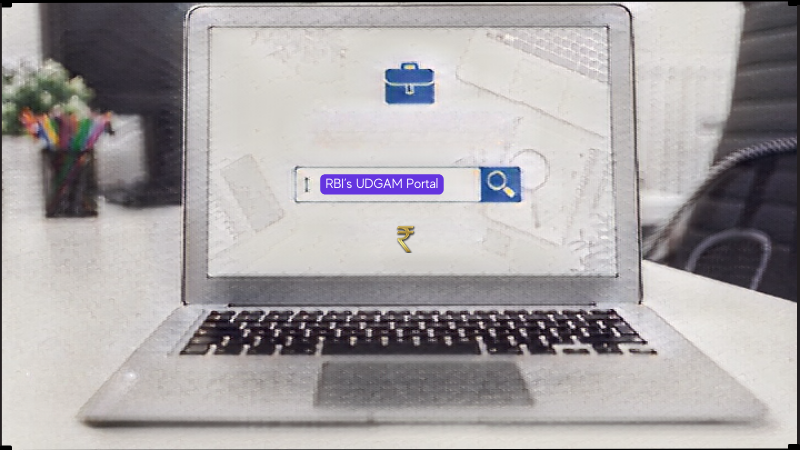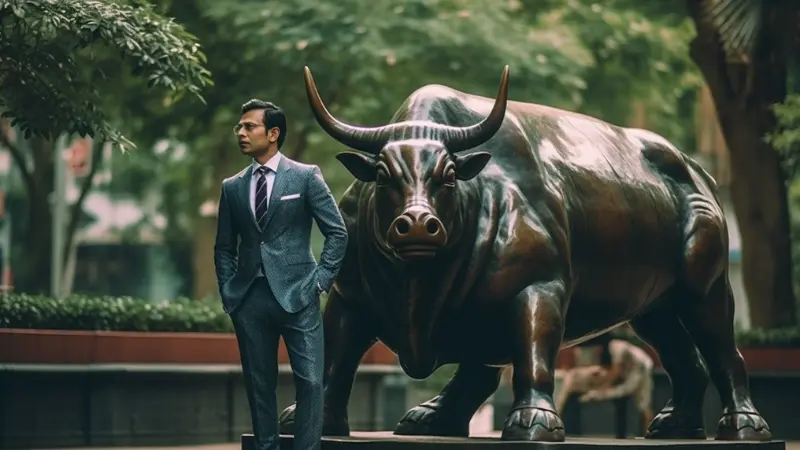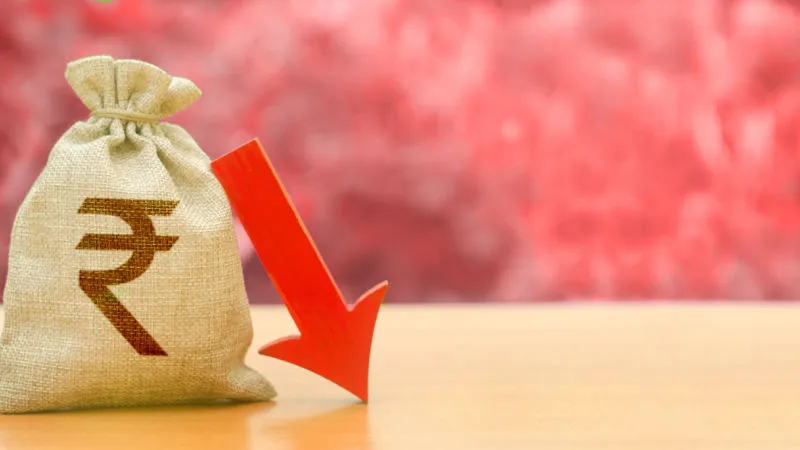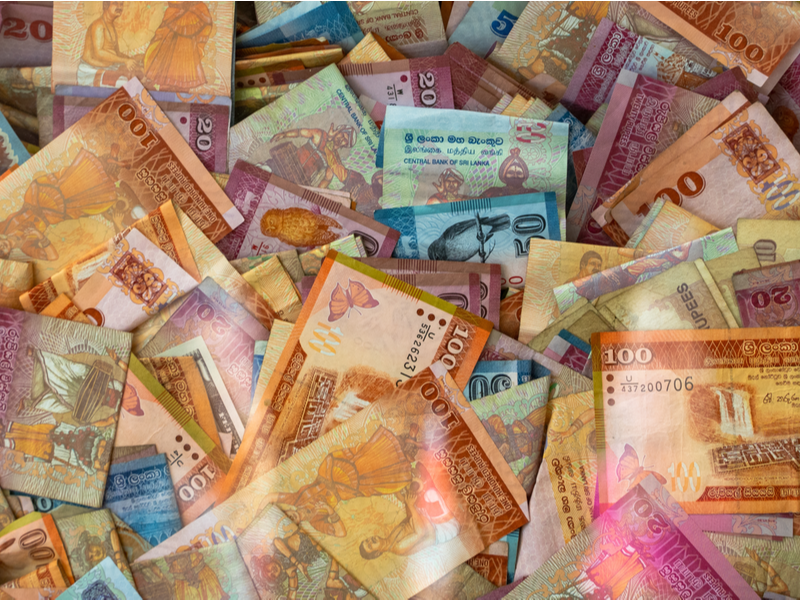
We often take small things for granted like the milk in our fridge, the electricity for that fridge, etc. What happens when such basic necessities are out of one’s reach and for no fault on their part. Waiting in long queues for basic necessities like fuel, milk, and groceries is becoming a glaring reality for the citizens of our small island neighbor. With mass power cuts for hours at a stretch to countrywide protests, the life of an average Sri Lankan has gone from bad to worse in a matter of a few months.
But how did a thriving nation, that was once known to have palaces of gold as per ancient mythology, come to such a dire situation. Let us discuss briefly the situation in Sri Lanka and the measures taken to improve it.
What went wrong?
The situation in Sri Lanka went from bad to worse due to a series of bad decisions and situations that were man-made as well as due to natural causes. Some of the key factors that contributed to the grave situation today are discussed below.
- Poor tax reform
The tax reforms of any country are always made with a view to increasing the revenue of the country as well as providing benefits to the population. However, when there is an imbalance between the two, that is when the problems start cropping. The government of Sri Lanka had implemented large tax cuts to favour its vote bank. The VAT in the country was also reduced to 8%.
Furthermore, the Pay As You Earn (PAYE) system was also scrapped. The combined effect was seen on the revenue of the country which was impacted dramatically and the fiscal deficit increased greatly. The government in a bid to cover the nation’s spending started to print high loads of money. This move was heavily criticized by the IMF and they severely advised against it. The government despite knowing the burden and the continual loss of revenue did not keep it in check and take preventive measures, instead, they called the heavy tax break an investment for their vested interests.
- Excessive external debts
The debts of the country piled to an extremely high level in the past 10 years. Over the past 3 years, the debts of the country rose to an unprecedented level of more than 119% of the country’s GDP. The country’s depleting foreign reserves were grossly insufficient to meet its debts.
In the year 2022 alone, the country is required to service US$4 billion debt. The country has a significant chunk of the debt from China and Japan, approximately 10% each. The major portion of its debt is from international capital markets (approximately 47%) and another 22% approximately from the multilateral development banks.
The President of the country has requested China for rescheduling its debt but there is still no response from the latter till the end of March 2022. With the diminished capacity to repay the debts, the direct impact is seen on the inflation in the country which is at a record high of 17.5%.
The foreign reserves of the country were further hit when Sri Lanka had to pay the dues of US$500 million to the International Sovereign Bonds. This payment was advised to be postponed by many experts and economic analysts due to its impact on the foreign reserves. As per experts, the only solution to these dire consequences is increasing the taxes and having a credible fiscal plan and policies that can bring back the confidence of the international community in the country’s financial future.
- Over-reliance of the country on tourism
Sri Lanka is a beautiful country with pristine beaches and rich culture. This is one of the many benefits for its tourism industry which is more than 1/10th of its GDP. The country relies heavily on its tourism sector to boost its foreign reserves. The first major hit to the tourism industry was the 2019 terrorist attack and the pandemic added more salt to the wound. The country could not recover from the first two hits and the third major blow was from the Russian-Ukraine war. A majority of tourists in the country are from these areas and the ongoing war has further impacted the tourism sector.
- Wrongful decisions in the agricultural sector
In the year 2021, Sri Lanka decided to be the first country to have fully organic farming. This move was advised against by the country’s scientific and farming community but was still implemented. It turned out to be disastrous for the country as the ban on fertilizers itself led to an economic loss of $425 million due to a drop in tea production. The rice production in the country also declined by 20% making the country no longer self-sufficient leading to a further expense of rice imports to the tune of $450 million. The result of organic farming was dramatic for the farmers of the country as their expenses increased by almost 10 times and the output was reduced by approximately 50%. The government seeing these consequences reversed the ban on the fertilizers and gave up on their vision to be a 100% organic farming country but the ban on urea is still in place.
- The current war between Russia and Ukraine
The current war between Russia and Ukraine added to the worries of the Sri Lankans as not only the tourism industry was hit but also its exports. Russia is the second-largest importer of tea for Sri Lanka. This crisis has deepened the economic situation for our southern neighbor and made the road to recovery that much more difficult.
What is the ground situation in the country?
While we have talked about the major causes that have led to an economic breakdown of the country the ground reality is quite gruesome. Citizens of the country are faced with the difficult situation to wait in queues for hours for their basic essentials or forego their basic needs to keep their businesses running. In August 2021, the country declared a food emergency and the current situation is said to be the worst economic situation in the past 73 years. The severity of the crisis can be explained by the following points.
- The government has been forced to take extreme measures like switching off the street lights to save electricity.
- Students could not give their exams as they were postponed due to a shortage of papers and ink ribbons.
- Hospitals are running out of essential medicines and supplies to provide even primary care to the patients. Many scheduled surgeries have to be postponed and the Medical Council of Sri Lanka has made an urgent request to replenish the essential medical supplies to prevent another major health crisis that can lead to a worse death toll than Covid, Tsunami, and the Civil War in the country.
- The President of the country had imposed an emergency in the country on April 1st, 2022 but had revoked it on April 5th, 2022.
- Sri Lanka is also forced to close down many of its embassies and consulates abroad due to a lack of foreign reserves which depleted by a whopping 70% in the past 2 years.
- There have been several protests in the country against the current situation and the mishandling or mismanagement of the economy by the ruling government and mainly the Rajapaksa Family. A large group of protestors had also gathered near the official residence of the President of Sri Lanka to protest mainly against the power cuts which had extended to 12 hours a day.
- The inflation in the country in February 2022 reached a record level of 17.5%. The food inflation reached 24% while the non-food inflation reached 11%.
- The extreme fuel shortage in the country has forced the government to take extreme steps like deploying military supervision for the distribution of fuel at the gas stations.
- India has already started seeing an influx of Sri Lankans escaping the grave situation in their country and coming to India to take refuge.
- The currency of Sri Lanka became the worst-performing currency in the world in April 2022 when it was traded at $1 to 315 Sri Lankan Rupee.
Government response
In response to the ongoing crisis, the entire cabinet of the country which includes 26 ministers has resigned from their posts. The President of the country appointed Mr. Ali Sabry as the new Finance Minister to ensure the proper functioning and a sense of stability in the nation. However, the new Finance Minister resigned within a day of taking office citing that the country needs to take radical and extreme steps to get out of the economic mess. Mr. Ali Sabry retook the Finance Ministry and now the country is seeking monetary help from the IMF and other international monetary institutions in the form of bailouts.
Who is extending a lifeline to the island nation?
In the face of the dire situation in the country, Sri Lanka has sought help from India and China apart from IMF. India has pledged a total of US$ 2.415 billion under its ‘neighborhood first policy’ from January 2022 to overcome Sri Lanka’s financial crisis due to a lack of funds to meet the outstanding external debt payments. Furthermore, India extended US$400 million as well as delayed the settlement of US$500 million under the Asian Clearing Union. India has also extended a credit line for its neighbor to the extent of US$ 1 billion and Sri Lanka has sought a further aid of US$ 1 billion. China has also been considering offering a credit line of US$ 1.5 billion to the island nation apart from a separate loan of up to US$ 1 billion.
Conclusion
The country was barely coming out of years of civil war and financial loss due to the tsunami. The ongoing crisis in Sri Lanka is a classic example of how power concentration and wrong economic policies can destroy a flourishing economy. Apart from wrong policy decisions by the government, the country was hit by external factors like covid and the war between Russia and Ukraine. In such times of crisis, India is lending a big helping hand to its island neighbor.
FAQs
The current exchange rate of Sri Lanks is 315 Sri Lankan Rupees for US$1.
Sri Lanka printed a whopping 119.08 billion rupees in a single day on 6th April 2022.
The total outstanding debt of Sri Lanka is approximately $7 billion that are due in 2022.
Tourism accounts for approximately 1/10th of the GDP of the country.














